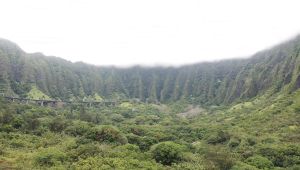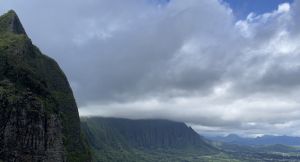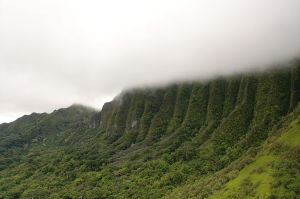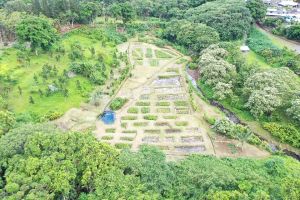Moʻolelo Monday
On the first Monday of the month a traditional or modern moʻolelo depicting the jculture, values, language or traditions of Hawaiʻi, will be shared through a virtual platform. These mo‘olelo promote literacy within the classroom and home, and encourage ʻohana to read and learn together. Moʻolelo are shared by staff and guest storytellers.
MOʻOKALALEO
In the 1820’s, Kauikeaouli, Kamehameha III was the catalyst for the rise of literacy in Hawaiʻi. He stated, “ ʻO Koʻu Aupuni, he Aupuni palapala koʻu. My kingdom shall be a kingdom of literacy”. Within our moʻokalaleo, we share a literacy component that extends our moʻolelo journey.
Geology of Koʻolau Mountain Range



In the story of Keaomelemele, there is a cultural explanation as to the geological creation of Nuʻuanu valley as well as the Koʻolau mountain range. Within the story, it talks about Keaomelemele living in Waolani, in Nuʻuanu and mastering hula within a week’s time. She then becomes a kumu hula to her sister Paliuli and her companions. It is said that after a week long of dancing together as a group, O’ahu starts to shake and reverberate and the whole Konahuanui mountain crashes open, creating a huge cleft, separating Waolani from Konahuanui and forming the valley of Nu’uanu.



